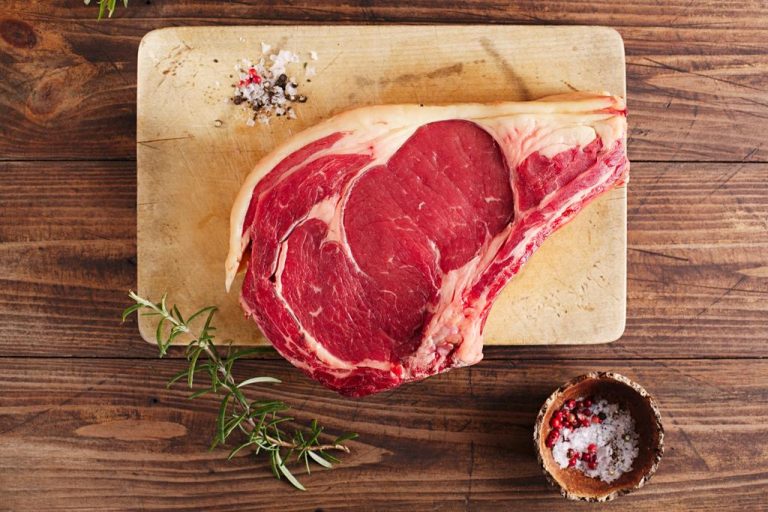Energy drinks and coffee are known for their stimulating effects as both drinks contain caffeine. But which drink provides more energy?
Pick-me-up with caffeine: energy drink and coffee
At first glance, energy drinks and coffee don’t seem to have much in common. One drink is cold, sweet as sugar and is preferably drunk quickly from cans. The other drink is usually comfortably warm, aromatic in taste and sometimes part of a relaxed ceremony. While energy drinks are particularly popular with young people, adults of all ages enjoy a good cup of coffee. However, one thing connects both drinks – the caffeine they contain. In addition, both drinks are absolutely trendy and score with a large number of variations. In addition, both energy suppliers are often viewed critically, as they are already consumed by young people as a stimulant and are therefore a reflection of our society, which is characterized by stress and pressure to perform.
The energy drink – flashy, caffeinated and dangerous?
Energy drinks are beverages that have a stimulating effect due to their ingredients. They come from Japan and were used here during the Second World War to improve the pilots’ vision thanks to the taurine they contain. The drink came to Europe at the end of the 1980s and was particularly popular in the techno scene. Since then, the sugar bombs have been an integral part of the beverage market. However, while coffee is the most popular drink among Germans, only a small group consumes energy drinks on a regular basis. Due to their colorful marketing and the promised increase in performance, young people in particular rely on energy drinks.
A coffee drink usually consists of coffee beans, water and, depending on taste, milk and sugar. The energy drink contains water, sugar, carbon dioxide, caffeine, taurine and many other additives. The effect of many ingredients is controversial. For example, experts disagree about the effect of taurine. While some studies state that taurine may have performance-enhancing effects, others state the complete opposite. Energy drinks have also come under criticism because they are often drunk with alcohol. The stimulating effect influences the self-assessment. An overdose of caffeine or alcohol can quickly occur. There is also the danger of judging yourself to be more alert than you really are, which sometimes provokes accidents.
Energy drink and caffeine – a comparison
But which drink actually contains more caffeine and how does it affect the body? If you convert the amount of caffeine to a liquid amount of 100 ml, normal filter coffee contains about 45 milligrams of caffeine, the energy drink contains about 30 to 40 milligrams. Due to the other ingredients, however, the effect of caffeine differs. A 250ml can of energy drink contains almost 30 grams of sugar. Sugar is not only a short-term source of energy, it also releases happiness hormones. The effect of the caffeine sets in after just 10 minutes – blood pressure and pulse rise.
In contrast to the effect of the caffeine in coffee, the performance-enhancing effect of the energy drink wears off after just one hour. Many consumers report feeling tired afterwards. The increased sugar is processed and the performance drops again. A coffee that is drunk without sugar keeps you awake and active a little longer, until the stimulating effect wears off here too. Due to the many additives in an energy drink, it is difficult to assess the effect. In some cases, there was even serious damage to health or even death. The sweet taste in particular encourages people to drink more, so that young people in particular quickly consume more caffeine than is healthy.






